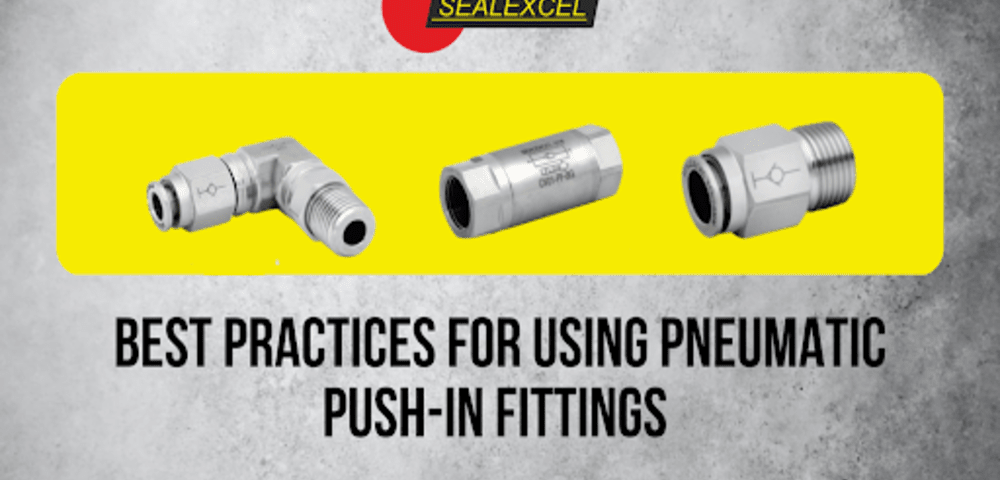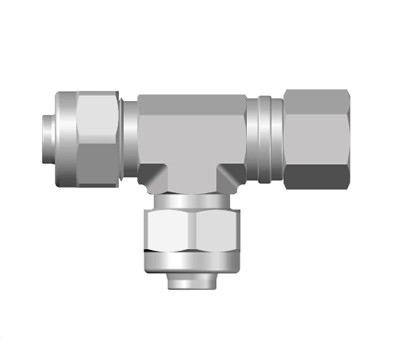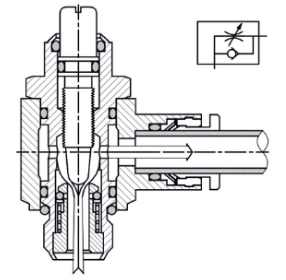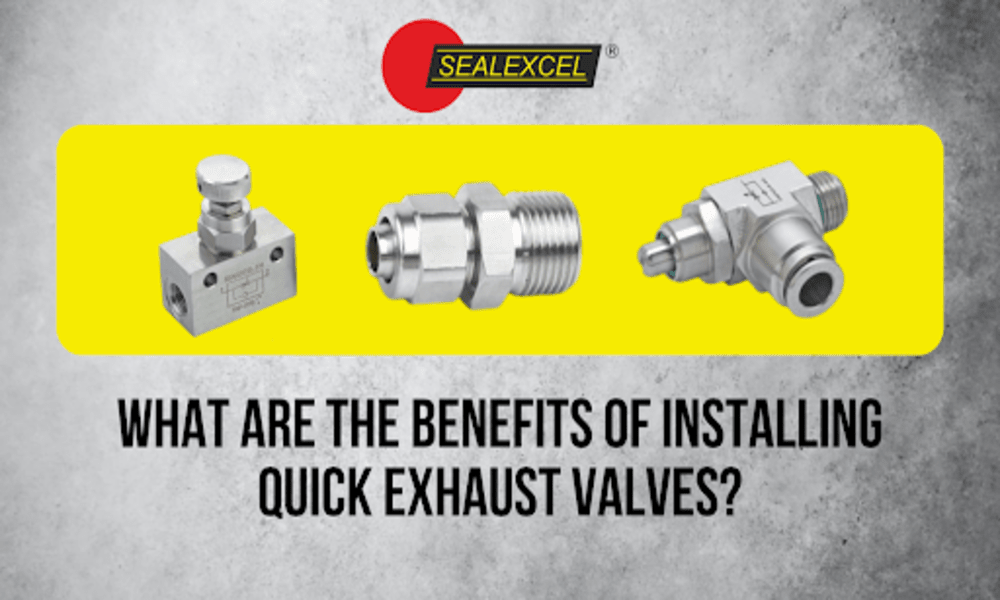
What Are the Benefits of Installing Quick Exhaust Valves?
January 4, 2023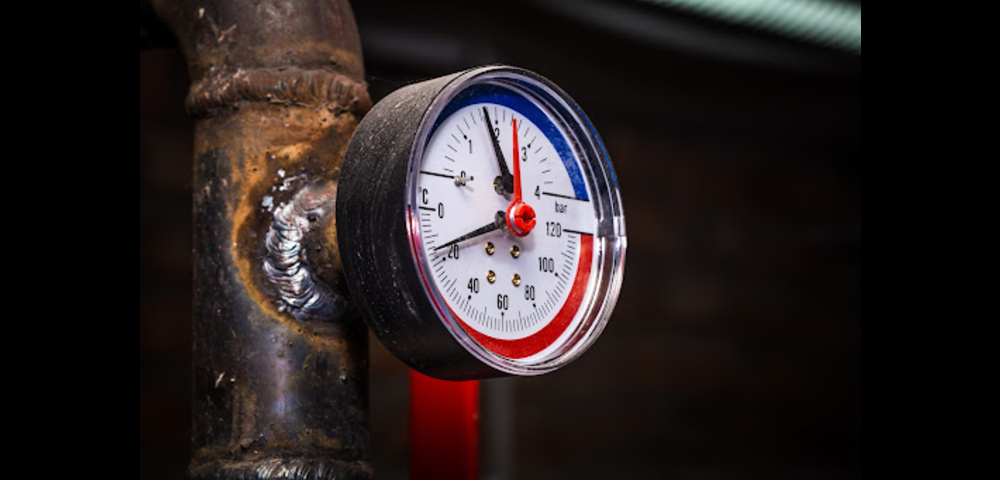
How to Use a Pressure Gauge with Ball Valve?
February 5, 2023In a pressurized gas system, you need pneumatic push-in fittings to connect pieces of tubing, pipe, or hose. Most of the time, they have better seals and can handle less pressure than hydraulic fittings. Logic control systems, pneumatic instruments, and moving parts like cylinders often use them.
Even though fittings may be small parts of the overall design of a pneumatic system, they may be necessary. Pneumatic push-in fittings, along with their pipes, hoses, and tubes, connect all the other major parts and can affect how well the system works, how safe it is, and how much energy it uses.
Approvals
You may need to install a fitting that meets an industry or safety standard in some applications. In these places, the rules for clean air are stringent, and oil-based lubricants may not be able to be used in compressors. Bacteria and other tiny organisms are also significant causes of worry.
The Benefits of Push-to-Connect Fittings
Compression fittings are much more rigid to use than push-to-connect fittings. They are also more helpful than permanently gluing CPVC and PVC pipes together with a solvent or sweat-soldering brass pipes with a torch. Even when hidden behind panels or in other closed areas, these fittings have been shown to make very reliable connections. Benefits of pneumatic push-in fittings
Making the Most Use of Compressor
We can only use a compressor with fittings. Just think about trying to put air in a tire without a fitting. To connect all of the parts of the compressor, you need the fittings. They guide the air into the line so that the pressure is proper.
Diversify of Pneumatic Tools
The air compressor is much less helpful if we don’t have the proper fitting for a job. These trim pieces connect specific tools to their source of compressed air.
Wide Range of Applications
You may have only used your compressor to pump your tires. But controlling air pressure can be used for almost anything, like using a nail gun on a job site to paint a car, repairing wheels, or running high-tech power tools. When you have the right fittings, you can do many different things.
Helping Environment
Proper fittings present a better seal. That means less air is wasted and less energy is used to do the same amount of work. Every little bit helps the environment and your pocketbook. Investing in suitable fittings is a good idea.
How to Use Most Push-to-Connect Fittings
- Remove any sharp edges from the end of the pipe that could damage the O-ring. Make a few small serrations where the fitting collar will go to give yourself a good grip.
- Ensure the pneumatic push-in fittings are approved and recommended for the job.
- Because there are so many different kinds of these fittings, make sure to look at and follow the instructions from the manufacturer to make sure the seal is tight.
To take apart some pneumatic push-in fittings, you need a unique tool. Most fittings come with a tool, so use it instead of trying to force the fitting of the tube or pipe.

